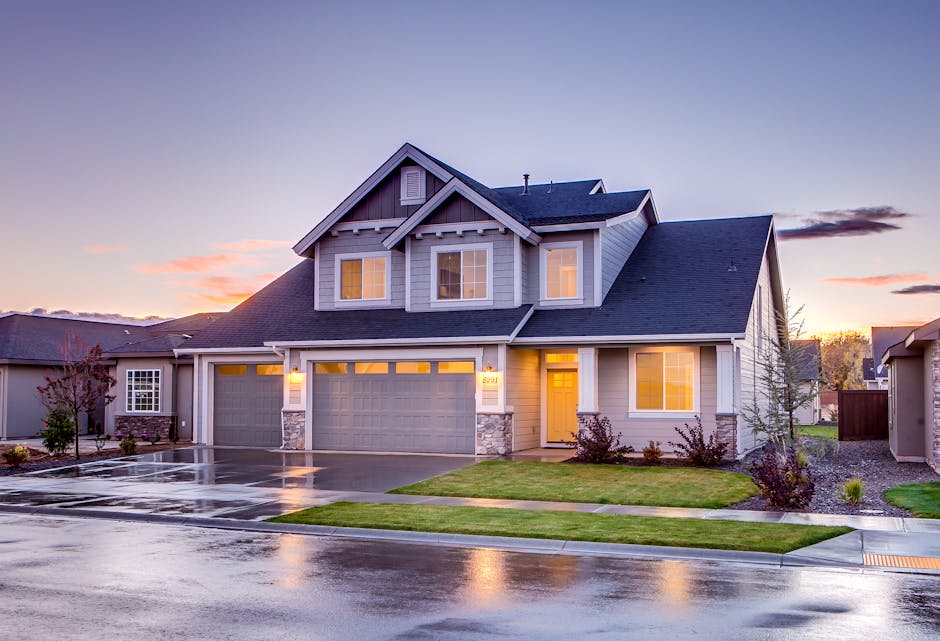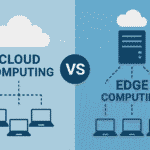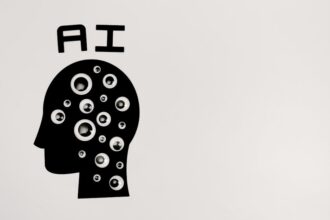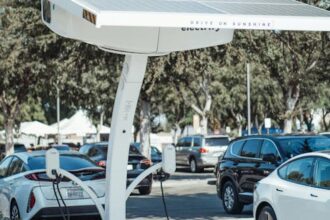Just a decade ago, the idea of living in a fully connected home—where lights, locks, appliances, and entertainment systems all worked seamlessly through voice commands—sounded like science fiction. Today, the rise of smart homes has transformed that vision into reality. With the global smart home market expected to surpass $170 billion by 2025 [Statista], the movement is no longer a niche trend. It’s becoming the new standard of modern living.
The question now is not whether smart homes are here to stay, but which devices will define the connected household of 2025. From AI-powered assistants to energy-efficient appliances, this is the new blueprint for how we will live.
Why Smart Homes Are Booming
Convenience Meets Efficiency
At their core, smart homes promise two things: convenience and efficiency. Whether it’s adjusting your thermostat automatically, securing your home with facial recognition, or letting your refrigerator order groceries, these devices save time and energy.
Sustainability and Energy Savings
With rising energy costs and climate concerns, many homeowners are turning to smart devices to optimize energy consumption. Smart thermostats, lighting systems, and solar-compatible batteries can cut utility bills by up to 30% [U.S. Department of Energy].
Interconnected Ecosystems
The launch of Matter, a universal smart home standard supported by Apple, Google, Amazon, and Samsung, is making integration smoother. By 2025, smart devices from different brands will communicate more seamlessly than ever before.
Must-Have Smart Home Devices for 2025
1. Smart Speakers and AI Assistants
No smart home is complete without a voice-controlled hub. Devices like Amazon Echo, Google Nest Hub, and Apple HomePod have evolved into central control centers, managing everything from lighting to security cameras.
By 2025, these assistants will use on-device AI for faster responses and more personalized experiences—anticipating needs rather than just responding to commands.
2. Smart Thermostats and Climate Control
The latest generation of smart thermostats (such as Ecobee Smart Thermostat Premium or Google Nest Learning Thermostat) do more than adjust temperatures. They:
- Learn user habits and optimize settings automatically.
- Integrate with solar panels and smart grids for energy savings.
- Provide real-time energy usage reports.
For eco-conscious households, these devices are among the most cost-effective investments.
3. Smart Security Systems
Home security has seen a massive upgrade thanks to AI-powered cameras and sensors. By 2025, the must-have features include:
- Facial recognition for identifying residents and frequent visitors.
- Package detection with automated alerts.
- Remote access and two-way audio, allowing homeowners to interact with visitors from anywhere.
Brands like Ring, Arlo, and Eufy are expanding into whole-home security ecosystems, making DIY setups accessible for most households.
4. Smart Lighting and Ambience Control
Smart lighting is no longer just about turning bulbs on and off. In 2025, these systems allow:
- Circadian rhythm syncing, adjusting color temperature to match natural sunlight.
- Mood presets, from work focus to home theater ambience.
- Voice and motion controls for hands-free operation.
Philips Hue, Nanoleaf, and Govee lead the way, with more affordable options entering the market as adoption grows.
5. Smart Kitchen Appliances
The kitchen is becoming the nerve center of smart living. By 2025, households can expect:
- Smart refrigerators that track expiration dates and suggest recipes.
- AI-powered ovens that auto-adjust cooking times for perfect results.
- Connected coffee makers that sync with morning routines.
Samsung’s Family Hub and LG’s ThinQ platforms showcase how the kitchen is turning into an intelligent assistant of its own.
6. Smart Health and Wellness Devices
Wellness is now a core part of the smart home experience. Devices like air quality monitors, smart beds, and bathroom scales are moving beyond fitness to provide holistic health insights.
Examples include:
- Beds that track sleep cycles and adjust firmness.
- Smart mirrors offering posture correction and skincare analysis.
- Air purifiers that adjust automatically based on detected pollutants.
7. Smart Energy and Power Management
With the rise of home solar and electric vehicles, smart energy systems are crucial in 2025. Popular setups include:
- Smart plugs and power strips to cut standby power waste.
- Battery storage systems (like Tesla Powerwall) that balance grid and solar usage.
- EV chargers that optimize charging times to reduce costs.
These devices turn homes into mini energy ecosystems, saving money while reducing environmental impact.
The Challenges of Smart Homes
Privacy and Data Security
The more connected a home becomes, the more vulnerable it is to cyberattacks. In 2024 alone, over 1.5 million smart home devices were hacked globally [Kaspersky]. By 2025, manufacturers are rolling out stronger encryption, but consumers must remain vigilant.
Cost and Accessibility
While prices are dropping, smart homes are still expensive for many households. Analysts predict that by 2027, budget-friendly ecosystems will make adoption easier for middle-income families.
Interoperability
Even with Matter, some devices still face compatibility issues. For true convenience, seamless integration across all platforms remains a work in progress.
What the Future Holds Beyond 2025
Smart homes in the late 2020s and early 2030s may include:
- Fully autonomous homes, where AI manages schedules, chores, and repairs.
- Holographic interfaces replacing screens.
- Biometric access control, eliminating keys and passwords.
- Predictive maintenance systems that detect appliance failures before they happen.
The ultimate vision: a home that not only responds to commands but anticipates human needs, blending comfort, sustainability, and intelligence.
Key Takeaways
- The rise of smart homes is accelerating, with a market worth $170+ billion by 2025.
- Must-have devices include smart assistants, thermostats, lighting, security systems, and connected kitchen appliances.
- Health and energy management are becoming central to the smart home ecosystem.
- Privacy and cost challenges remain, but standards like Matter are improving interoperability.
- By the 2030s, smart homes may evolve into fully autonomous living spaces.








